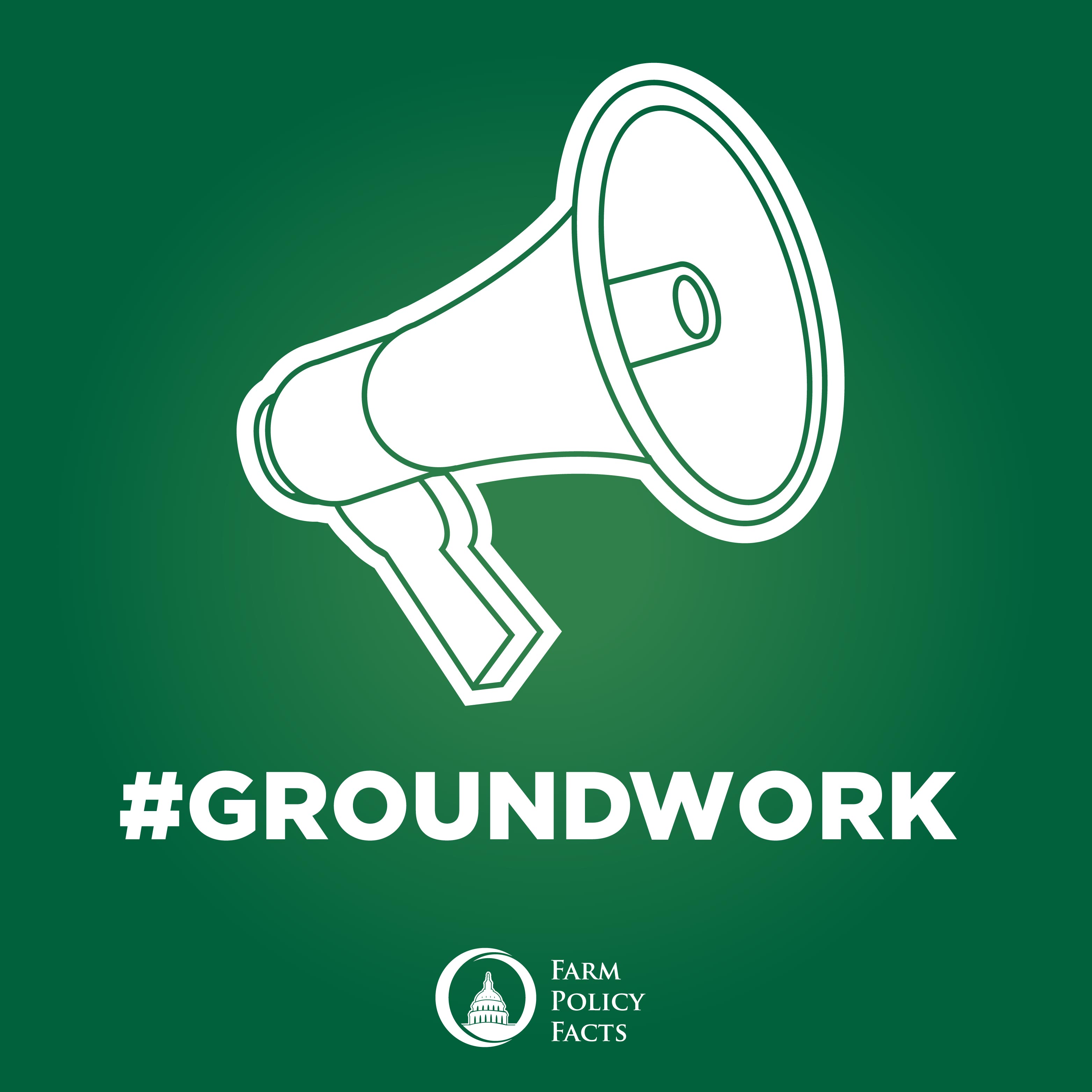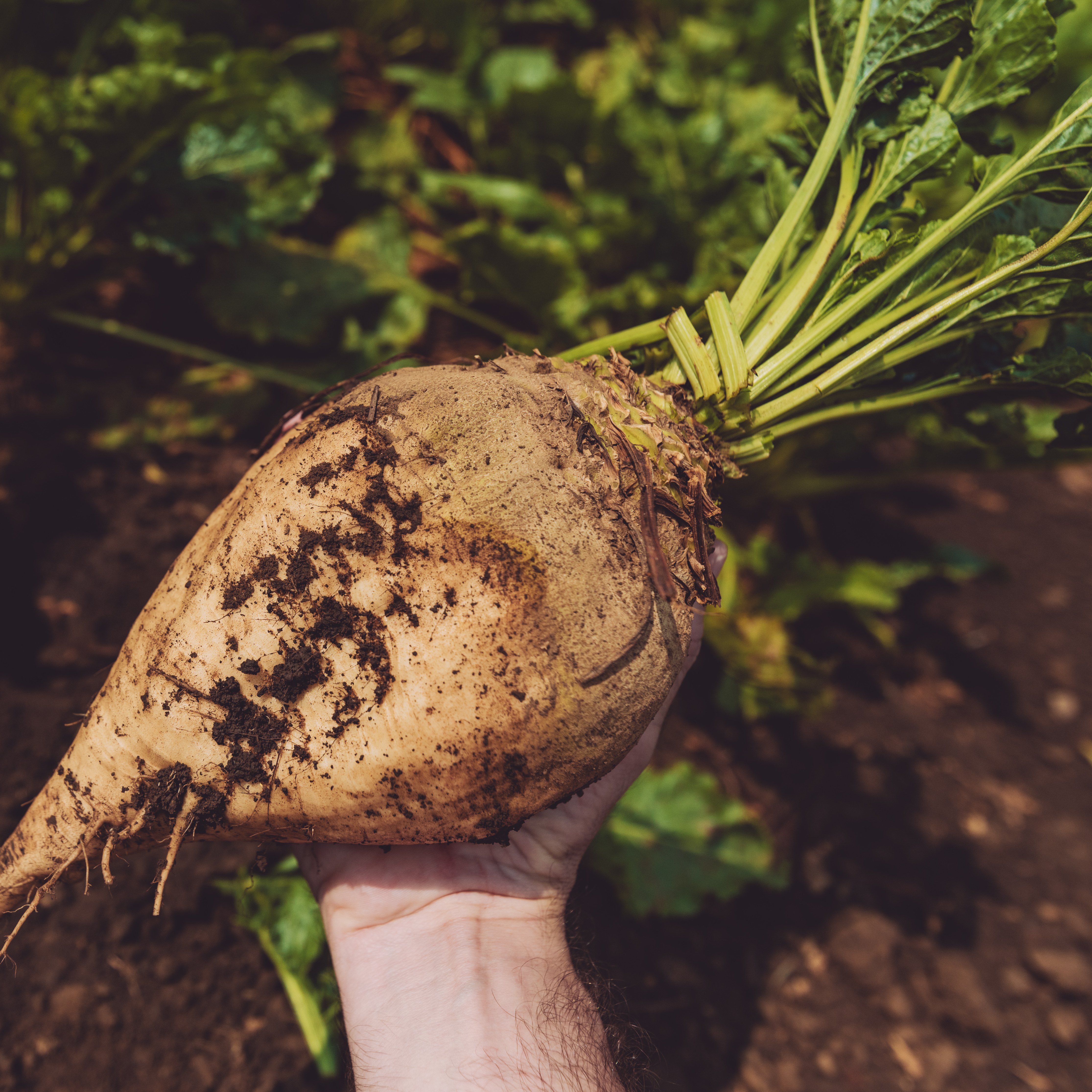Sugar Farmers Featured on New Farm Policy Facts Podcast
Farm Policy Facts debuted a new podcast called Groundwork yesterday, and two sugar farmers were the first guests on the show.
John Snyder, of Wyoming, and Travis Medine, of Louisiana, discussed the importance of sugar farming in rural communities with Groundwork host Tom Sell.
The show runs about 18 minutes. You can find it on farmpolicyfacts.org as well as the iTunes store. Groundwork is a monthly series focusing on range of policy issues that are important to American farmers.
The first episode tackled the importance of the Farm Bill and the impact sugar has on the nation’s economy.
Snyder, on the show, noted that sugarbeets and sugarcane support 142,000 jobs in 22 states. He said the global sugar market is heavily subsidized, which necessitates America’s no-cost sugar policy in the Farm Bill. And that policy helps keep people employed in communities where jobs are often scarce.
“It trickles down to the people who work for us on the farms, it trickles down the [businesses] here in town, to the people who do our repairs,” he said. “It’s a huge part of our economy.”
Snyder was one of dozens of sugar farmers recently in Washington, DC, to thank lawmakers for delivering such a strong sugar policy in the 2018 Farm Bill. Sugarcane farmer Travis Medine was also part of that trip to the nation’s capital.
During the podcast, where he discussed the trip, Medine also explained the unusually long return-on-investment in sugarcane. Most people, he said, don’t know that cane is harvested for four years on an initial planting. It’s such an extended timeline that business planning is difficult without the stability provided by the sugar policy in the Farm Bill.
“A lot of people don’t understand that’s a very, very long-term investment,” he said. “It is labor intensive and costly, we have to know that safety net is there.”
Listen to Groundwork for more from Snyder and Medine. Follow the podcast on twitter at #Groundwork.



